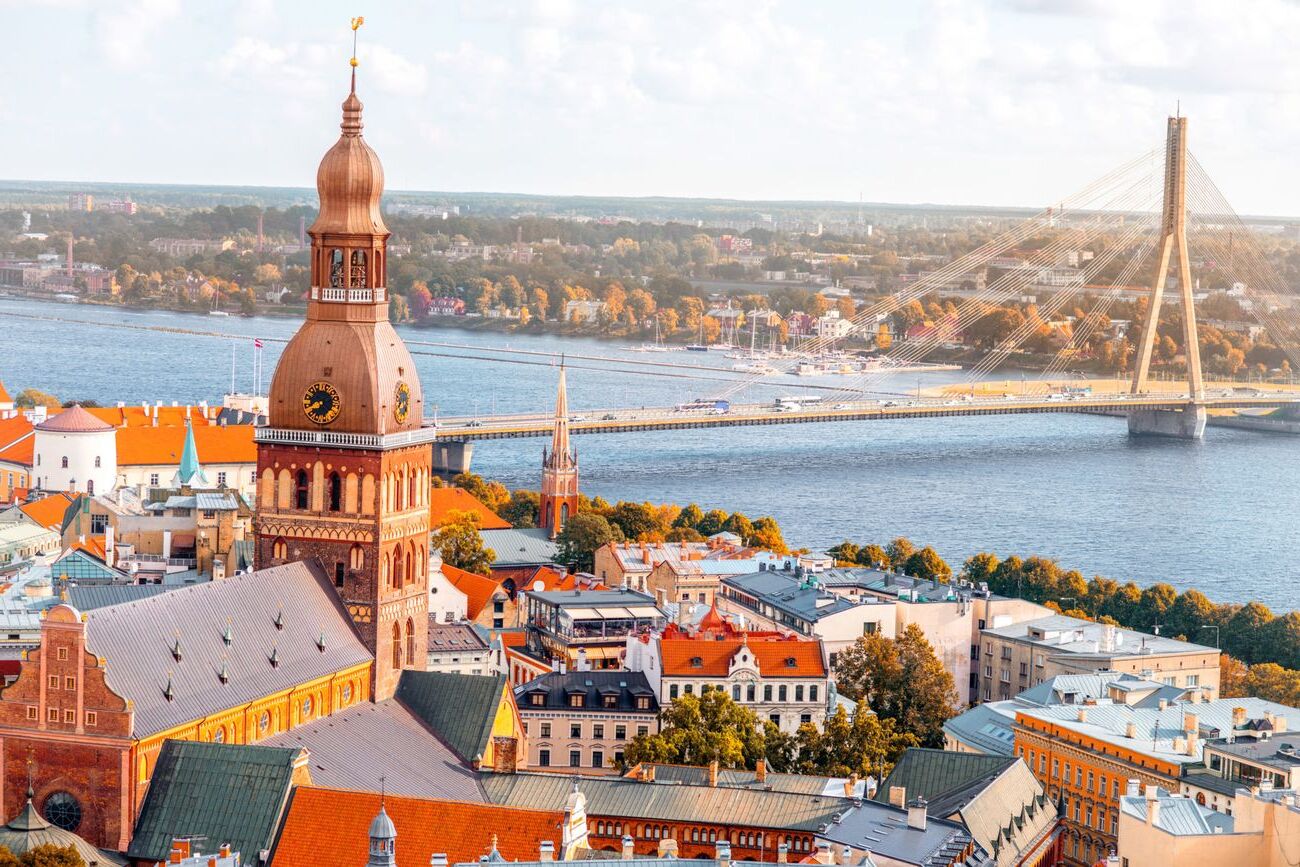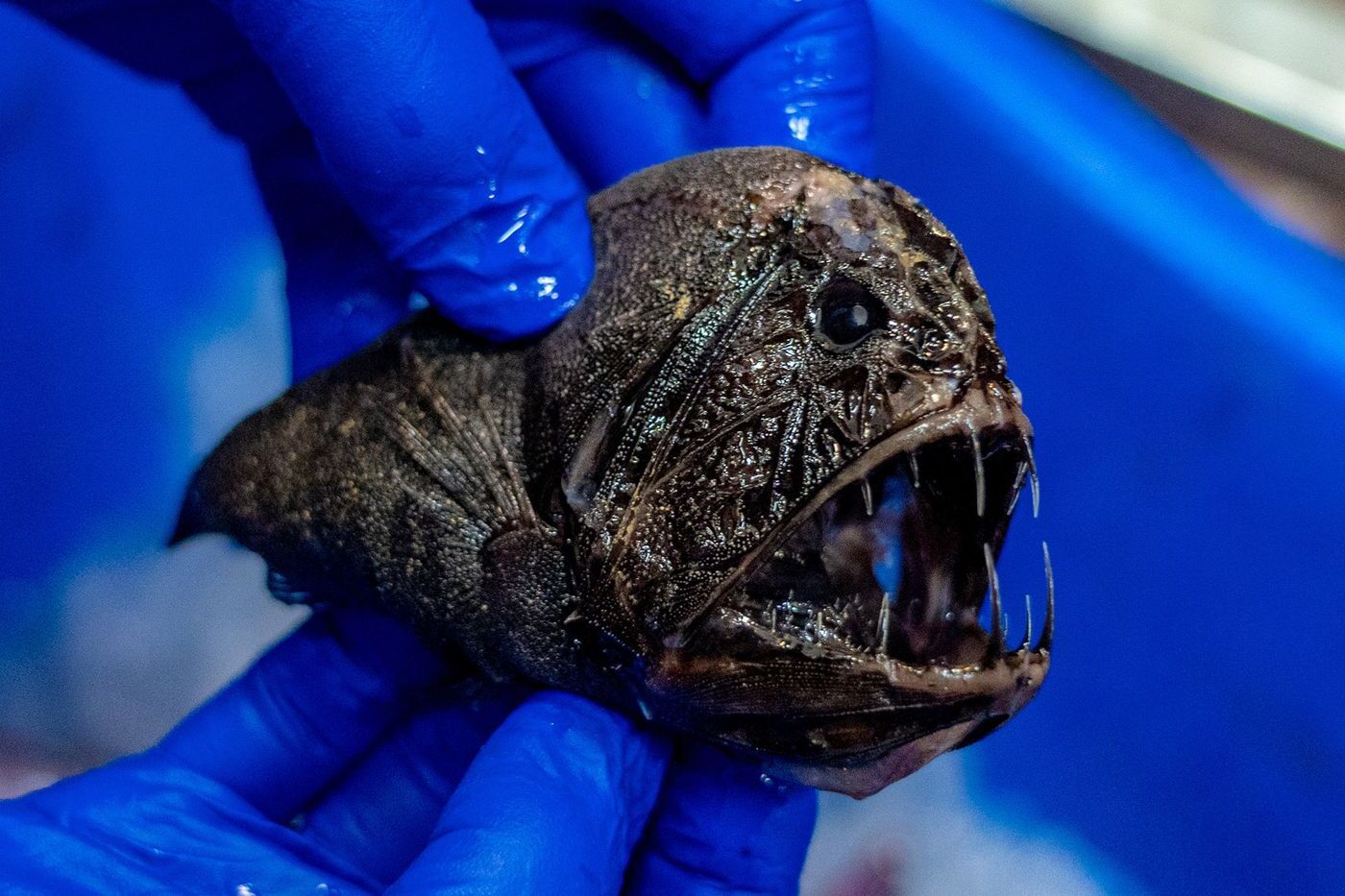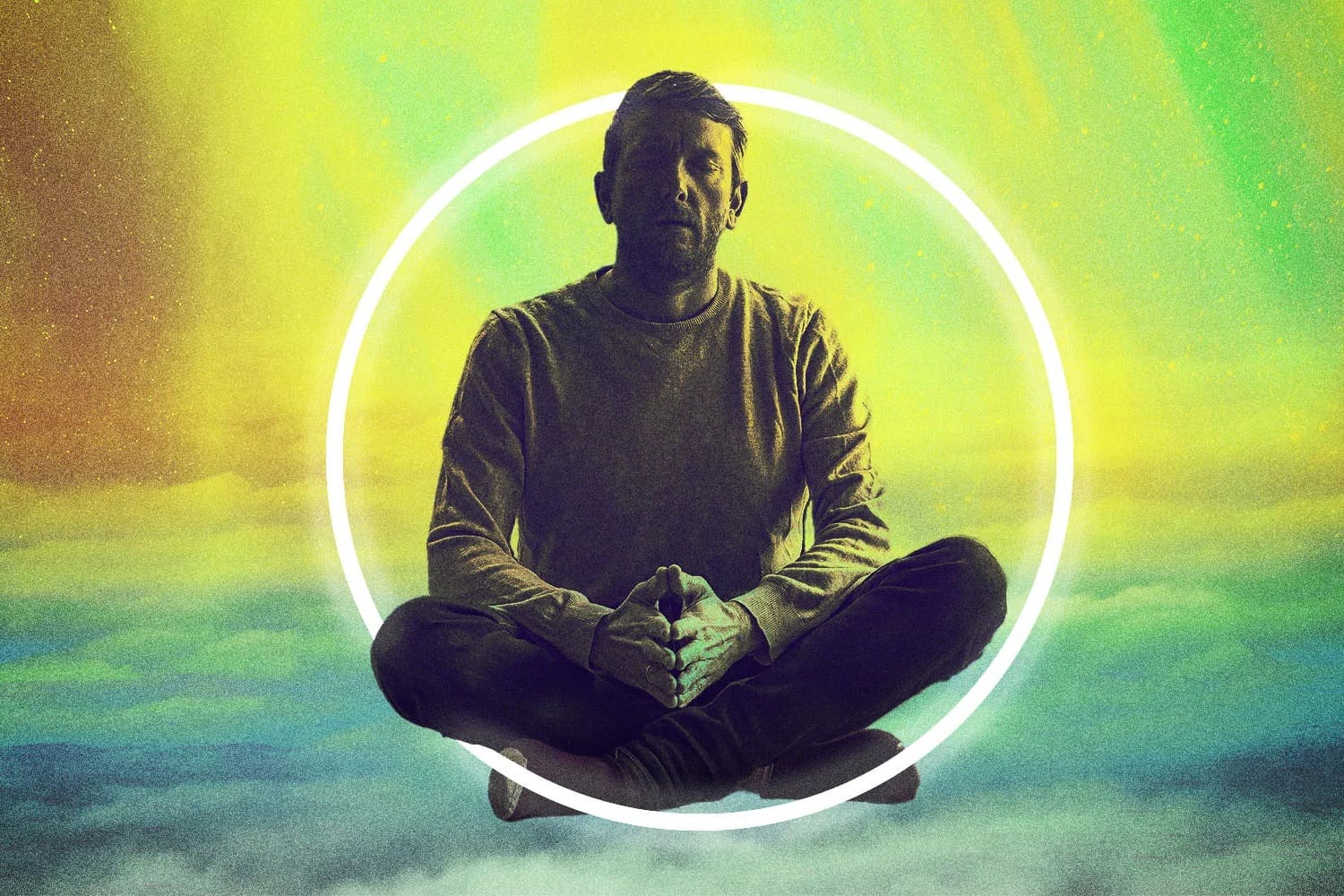
Have you ever wondered what makes Latvia so unique? Nestled in the Baltic region of Northern Europe, Latvia is a small country with a rich tapestry of history, culture, and natural beauty. From its vibrant capital, Riga, known for its stunning Art Nouveau architecture, to its lush national parks and pristine beaches along the Baltic Sea, Latvia offers a diverse array of experiences. With a population of around 1.9 million, this nation boasts a strong cultural heritage, including traditional folk music, dance, and handicrafts. Latvia's journey from ancient times through Soviet occupation to modern independence is a story of resilience and growth. Let's dive into 50 fascinating facts about this captivating country!
Key Takeaways:
- Latvia, a small gem in Northern Europe, boasts a rich history and vibrant culture. From its stunning landscapes to its deep-rooted traditions, there's so much to explore and learn about this unique country.
- With its beautiful coastline, well-preserved architecture, and commitment to sustainability, Latvia offers a perfect blend of natural beauty, historical significance, and modern innovation for visitors to enjoy.
Location and Geography
Latvia, a gem in Northern Europe, offers a mix of stunning landscapes and strategic positioning. Let's dive into its geographical wonders.
- Latvia is situated in the Baltic region of Northern Europe.
- It shares borders with Estonia to the north, Lithuania to the south, Belarus to the southeast, and Russia to the east.
- The country covers approximately 64,589 square kilometers.
- Latvia boasts a beautiful coastline along the Baltic Sea.
Population and Language
Understanding Latvia's people and their language gives insight into its unique cultural fabric.
- As of 2023, Latvia's population is around 1.9 million people.
- Riga, the capital city, is the largest urban center with about 632,000 residents.
- The official language is Latvian, closely related to Lithuanian.
- Many Latvians also speak Russian and English, especially in cities.
Historical Background
Latvia's history is rich and complex, marked by periods of independence and occupation.
- Latvia's history dates back to the Middle Ages.
- It was part of the Hanseatic League in the 13th century.
- Later, it became part of the Polish-Lithuanian Commonwealth.
- In the 18th century, Russia annexed Latvia.
- Latvia declared independence on November 18, 1918.
- It was occupied by Germany during World War I.
- The Soviet Union occupied Latvia from 1940 to 1991.
- Latvia regained independence on May 4, 1990.
Modern-Day Latvia
Since regaining independence, Latvia has made significant strides in various sectors.
- Latvia is a member of the European Union and NATO.
- The economy focuses on services, finance, IT, and tourism.
- Investments in renewable energy have made Latvia a regional leader in sustainability.
Cultural Heritage
Latvia's culture is vibrant, with deep-rooted traditions in music, dance, and crafts.
- Folk music, dance, and handicrafts are central to Latvian culture.
- The Song and Dance Festival is a major cultural event.
- The national flag features maroon, white, and maroon stripes.
- The national anthem is "Dievs, svētī Latviju!" (God bless Latvia!).
Riga – The Capital City
Riga, the heart of Latvia, is known for its historical and architectural significance.
- Riga is famous for its well-preserved Art Nouveau architecture.
- The Old Town of Riga is a UNESCO World Heritage Site.
- St. Peter's Church and the House of the Blackheads are notable landmarks.
- The Art Nouveau Museum showcases the city's architectural heritage.
Education and Healthcare
Latvia places a high value on education and healthcare, ensuring quality services for its citizens.
- The University of Latvia is one of the oldest and most prestigious institutions.
- Latvia's healthcare system includes both public and private providers.
- Significant investments have been made in healthcare infrastructure.
Tourism and Natural Attractions
Latvia's natural beauty and historical sites make it a popular destination for tourists.
- Gauja National Park and the city of Sigulda are popular tourist spots.
- The Gauja River flows through the Gauja National Park.
- Kemeri National Park offers stunning natural landscapes.
- Latvia's Baltic Sea beaches are breathtaking.
Wildlife and Eco-Tourism
Latvia's diverse wildlife and commitment to eco-tourism attract nature enthusiasts.
- Latvia is home to brown bears, wolves, lynxes, and over 300 bird species.
- Eco-tourism is growing, with activities like hiking and birdwatching.
- Sustainable practices focus on renewable energy sources like wind and biomass.
Festivals and Celebrations
Latvians love to celebrate, with numerous festivals highlighting their rich traditions.
- Midsummer (Jāņi) is one of the most significant folk festivals.
- Traditional cuisine includes rye bread, potatoes, and meat stews.
- Beer and black bread tea are popular traditional beverages.
Arts and Crafts
Latvia's artistic traditions are evident in its music, dance, and handicrafts.
- Folk music and dance, like the "daina," are integral to Latvian culture.
- Handicrafts include weaving, pottery, and woodcarving.
- Latvian textiles are known for intricate patterns and vibrant colors.
- Woodworking produces beautiful furniture and decorative objects.
Literature and Performing Arts
Latvia's literary and performing arts scene is rich and diverse.
- Notable authors like Andrejs Pumpurs and Rainis have shaped Latvian literature.
- Poetry, especially folk poetry, is highly valued.
- Classical and folk music are important cultural elements.
- Traditional dances are performed during festivals and celebrations.
- The Latvian National Opera and Ballet are key cultural institutions.
- The Latvian film industry is growing, with notable contributions to cinema.
Latvia: A Land of Rich Heritage and Natural Beauty
Latvia, with its rich history, vibrant culture, and stunning landscapes, offers something for everyone. From the cobblestone streets of Riga's Old Town to the natural wonders of Gauja National Park, this Baltic gem is full of surprises. The country's commitment to sustainability and eco-tourism makes it a forward-thinking destination. Whether you're drawn to its traditional folk music, hearty cuisine, or Art Nouveau architecture, Latvia has a unique charm that captivates visitors. The nation's journey from Soviet occupation to modern independence is a testament to its resilience and spirit. With a focus on education, healthcare, and economic development, Latvia continues to grow and thrive. So, if you're looking for a place rich in heritage and natural beauty, Latvia should be on your travel list.
Frequently Asked Questions
Was this page helpful?
Our commitment to delivering trustworthy and engaging content is at the heart of what we do. Each fact on our site is contributed by real users like you, bringing a wealth of diverse insights and information. To ensure the highest standards of accuracy and reliability, our dedicated editors meticulously review each submission. This process guarantees that the facts we share are not only fascinating but also credible. Trust in our commitment to quality and authenticity as you explore and learn with us.


